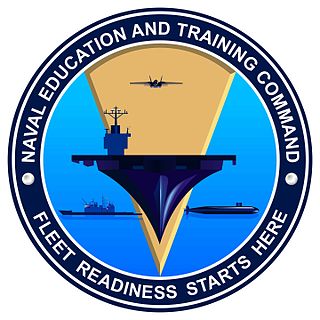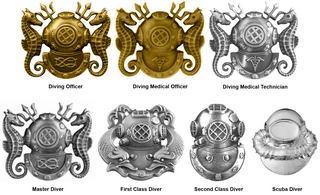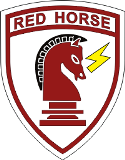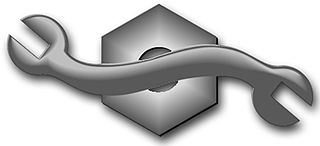| Equipment operator | |
|---|---|
Rating insignia | |
| Issued by | United States Navy |
| Type | Enlisted rating |
| Abbreviation | EO |
| Specialty | Construction |
Equipment operator (abbreviated as EO) is a United States Navy occupational rating.

The United States Navy (USN) is the naval warfare service branch of the United States Armed Forces and one of the seven uniformed services of the United States. It is the largest and most capable navy in the world and it has been estimated that in terms of tonnage of its active battle fleet alone, it is larger than the next 13 navies combined, which includes 11 U.S. allies or partner nations. with the highest combined battle fleet tonnage and the world's largest aircraft carrier fleet, with eleven in service, and two new carriers under construction. With 319,421 personnel on active duty and 99,616 in the Ready Reserve, the Navy is the third largest of the service branches. It has 282 deployable combat vessels and more than 3,700 operational aircraft as of March 2018, making it the second-largest air force in the world, after the United States Air Force.

In a navy, a rate, rating or bluejacket is a junior enlisted member of that navy who is not a warrant officer or commissioned officer. Depending on the country and navy that uses it, the exact term and the range of ranks that it refers to may vary.
Equipment operators perform tasks involving deployment and operation of automotive, materials handling, weight lifting and construction equipment; direct and coordinate efforts of individuals and crews in execution of construction, earth‑moving, roadbuilding, quarrying, asphalt batching and paving, concrete batch plant operations, concrete paving and transit mixer operation assignments; maintain records and reports on mobile and stationary equipment and organize and supervise automotive and construction equipment pools; maintain individual combat readiness and perform tasks required in combat and disaster preparedness or recovery operations. [1]
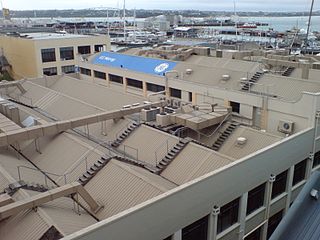
Physical plant, mechanical plant or industrial plant refers to the necessary infrastructure used in operation and maintenance of a given facility. The operation of these facilities, or the department of an organization which does so, is called "plant operations" or facility management. Industrial plant should not be confused with "manufacturing plant" in the sense of "a factory".
Emergency management is the organization and management of the resources and responsibilities for dealing with all humanitarian aspects of emergencies. The aim is to reduce the harmful effects of all hazards, including disasters.
At the master chief petty officer level, equipment operator merges with the construction mechanic rating. At this level, they are referred to as a master chief equipmentman (EQCM).
Master chief petty officer (MCPO) is the ninth, and highest, enlisted rate in the United States Navy and United States Coast Guard, just above senior chief petty officer (SCPO). Master chief petty officers are addressed as "Master Chief " in the colloquial and they constitute the top 1.25% of the enlisted members of the maritime forces.



